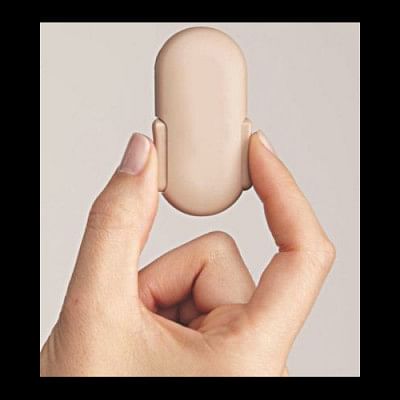Insulin patch pump: A new tool for diabetes care

Type 2 diabetes (T2D) is the most common type of diabetes in the world. T2D is typically treated with lifestyle changes, such as increased physical activity and improved diet, and the oral drug metformin. While insulin is rarely the first drug prescribed for a person with T2D, many people eventually require it to get the best blood glucose control possible.
Despite the promise of better control, however, many people are reluctant to start using insulin. Fear of weight gain, low blood glucose, injection pain and/or handling needles is often at the root of this reluctance. Even when people with T2D agree to take insulin, many regularly skip some doses.
Traditional insulin pumps are highly technical and have complex features. Such features require significant patient education and are unnecessary for many people with T2D.
The newer patch pumps, in contrast, are less technical, so while they may offer fewer insulin delivery options, they should be easier to learn to use. Patch pumps are also different from traditional pumps in that they adhere directly to the skin, so there is no tubing, and the patch itself is kept on for 24 hours, then discarded.
How it works: There are two patch pumps currently available in the United States. The OmniPod Insulin Management System was the first to be marketed. But while it delivers insulin directly from a patch, with no tubing, in other aspect it is much like a traditional insulin pump in that it can be programmed for individualised basal rates, has a bolus calculator, stores insulin delivery data etc.
In 2010 the US Food and Drug Administration cleared Valeritas's V-Go, designed for adults with type 2 diabetes who require insulin. The V-Go is a disposable insulin delivery device that delivers a continuous, subcutaneous infusion of rapid-acting insulin. It sticks directly to the skin with a strong adhesive, allowing it to stick to the skin for 24 hours even when wet.
Pros and cons: Some positive aspects of the V-Go device include the elimination of multiple daily injections, the easy delivery of insulin, and the lack of electronics, batteries, infusion sets, or a need to programme the device. People using a V-Go have insulin available all day without having to carry supplies such as vials, syringes, pens, or needles. Many users find it discreet and comfortable to use. Using the V-Go requires only one stick a day with a tiny needle, and it can be attached anywhere that insulin can be injected or infused, such as the abdomen or the backsides of the arms. One limitation that people trying the V-Go may encounter is the need for hands-on training and practice with the device to become comfortable with it. The V-Go is simpler than traditional pumps, but multiple steps are still needed to prepare the device for use, and mistakes are possible; for example, accidentally pressing the "needle release button" will render that patch pump unusable.
Who should try a patch pump? Patch pumps offer an alternative to a traditional insulin pump or syringes and pens for adults with type 2 diabetes who require insulin therapy. If you are having a hard time controlling your blood glucose level with oral medicines, or if you have already been prescribed insulin but are reluctant to take it, a patch pump might be a useful tool for you.
The writer is an Assistant Professor at the Endocrinology Department, Bangabandhu Sheikh Mujib Medical University (BSMMU).
Email: [email protected]

 For all latest news, follow The Daily Star's Google News channel.
For all latest news, follow The Daily Star's Google News channel. 



Comments